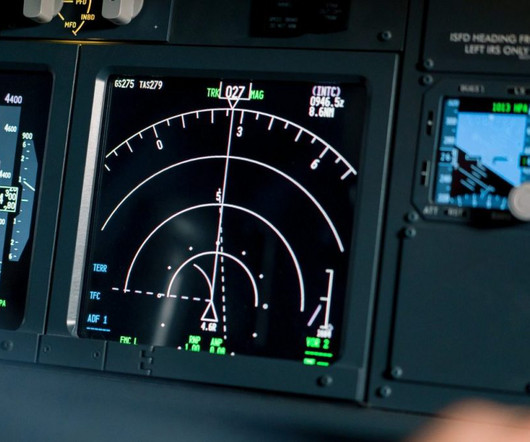The Pitot-Static System: How It Works
Pilot Institute
DECEMBER 12, 2024
The pitot-static system measures an aircraft’s airspeed, altitude, and vertical speed using air pressure differences. To find True Airspeed (TAS), youll need to account for these effects. How Does the System Give Inputs to the Altimeter? The altimeter uses the input from the static port to determine the altitude.












Let's personalize your content